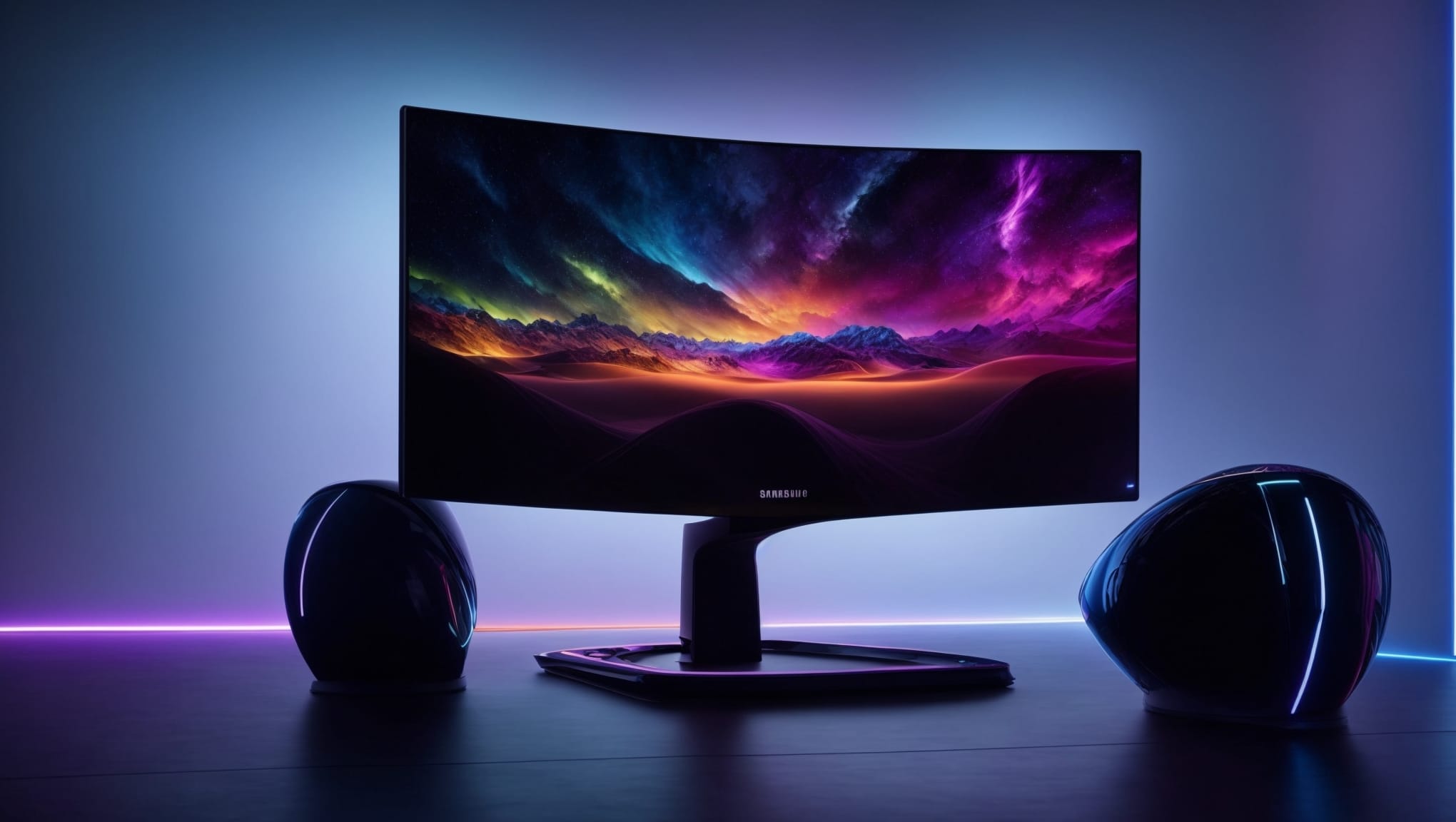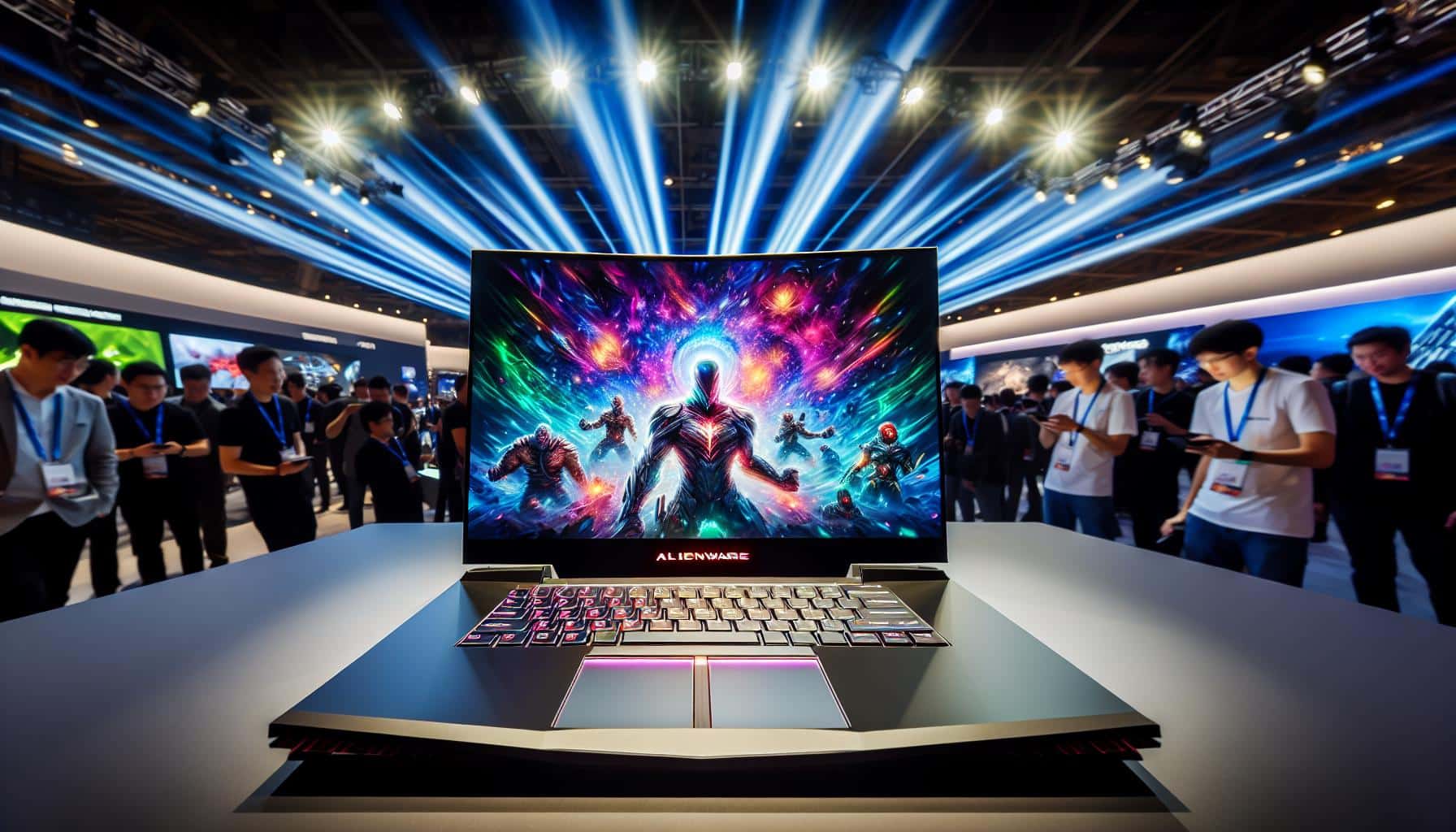AMD Announces New GPUs and CPUs Aimed at Gamers
During CES 2024, Advanced Micro Devices (AMD) unveiled its latest GPUs and CPUs designed to cater to gamers who want to play the latest games. The new AMD Radeon 7600 XT 16GB and AMD Radeon 7600 XT 8GB are specifically targeted at the middle and low-end gamer market, addressing the needs of gamers who haven’t upgraded their hardware in a while. According to AMD, 50% of PC gamers are not having an optimal gaming experience, running graphically demanding games like Call of Duty: Modern Warfare III and Starfield at lower frame rates and resolutions.
Introducing AMD Ryzen 8040 Series Processors with Dedicated AI Engine
In addition to the new GPUs, AMD also announced the launch of its AMD Ryzen 8040 Series processors. These processors are built on a foundation of neural processing units (NPUs) based on AMD XDNA and central processing units (CPUs) based on the Zen 4 architecture. The AMD Ryzen 8040 Series processors boast a dedicated AI engine with a combined 39 TFLOPs of processing power. According to AMD, the AI processing capabilities of these processors will help improve performance, security, efficiency, and reduce future costs. AMD also mentioned that there are already over 100 AI-optimized experiences available for Ryzen AI.
Interview with Frank Azor, Chief Architect of Gaming Solutions at AMD
Frank Azor, the chief architect of gaming solutions at AMD, shed some light on the new hardware and its impact on software, as well as the changes brought about by AI. According to Azor, the new 8000 series G desktop processors offer significant improvements over the previous generation, with a major leap being the transition from Vega class integrated graphics to RDNA 3 class integrated graphics. The new RDNA 3 graphics, coupled with software features such as Hyper RX and Fluid Motion Frames technology, deliver best-in-class performance for integrated graphics processors in a desktop form factor.
The Role of Software Innovation in Advancing Graphics Performance
Azor acknowledges that in recent years, there has been a lot of software innovation in delivering better graphics performance and optimizing power efficiency. While hardware improvements are still important, software advancements have played a crucial role in delivering better graphics experiences. Software features like frame generation and upscaling have become more acceptable and effective in enhancing graphics performance. Azor also highlights the increased affordability and availability of these software-driven solutions, making them a viable alternative to purely relying on raw computing power.
The Impact of High Refresh Rate Displays on Gaming Performance
The rise of high refresh rate displays, with refresh rates exceeding 240Hz and response times as low as .03ms, has significantly improved the gaming experience. With these displays, gamers can enjoy smoother and more responsive gameplay. Azor points out that while graphically intense games like Starfield and Cyberpunk 2077 do pose a challenge for hardware, most of the top 20 most played games are not heavily graphics-intensive. Therefore, most modern graphics cards can already handle these games at high frame rates. However, he recognizes the need for high refresh rate displays in competitive shooter games where every frame counts.
Embracing the Era of AI PCs
Azor believes that AI PCs are the future and emphasizes the importance of making AI-capable PCs the standard. He compares it to the early days of the internet, where the full extent of its potential was not yet realized, but it fundamentally transformed how we live and work. The AI revolution is already here, and even though the full extent of its impact is not yet known, having an AI-capable PC ensures readiness for future AI applications. Azor highlights that localized AI compute is crucial for privacy, security, and delivering the best user experience. He also mentions that while there might initially be fragmentation in AI workloads between GPUs and NPUs, the industry will eventually converge to provide common capabilities for both segments.
Analyst comment
Positive news. The new GPUs and CPUs from AMD aimed at gamers address the needs of the market, improve gaming experience, and offer significant performance improvements. The dedicated AI engine in the Ryzen 8040 processors enhances performance, security, efficiency, and reduces costs. High refresh rate displays and software innovation further contribute to improving graphics performance. The analyst predicts that the market will respond positively to these new offerings, leading to increased demand for AMD products.













